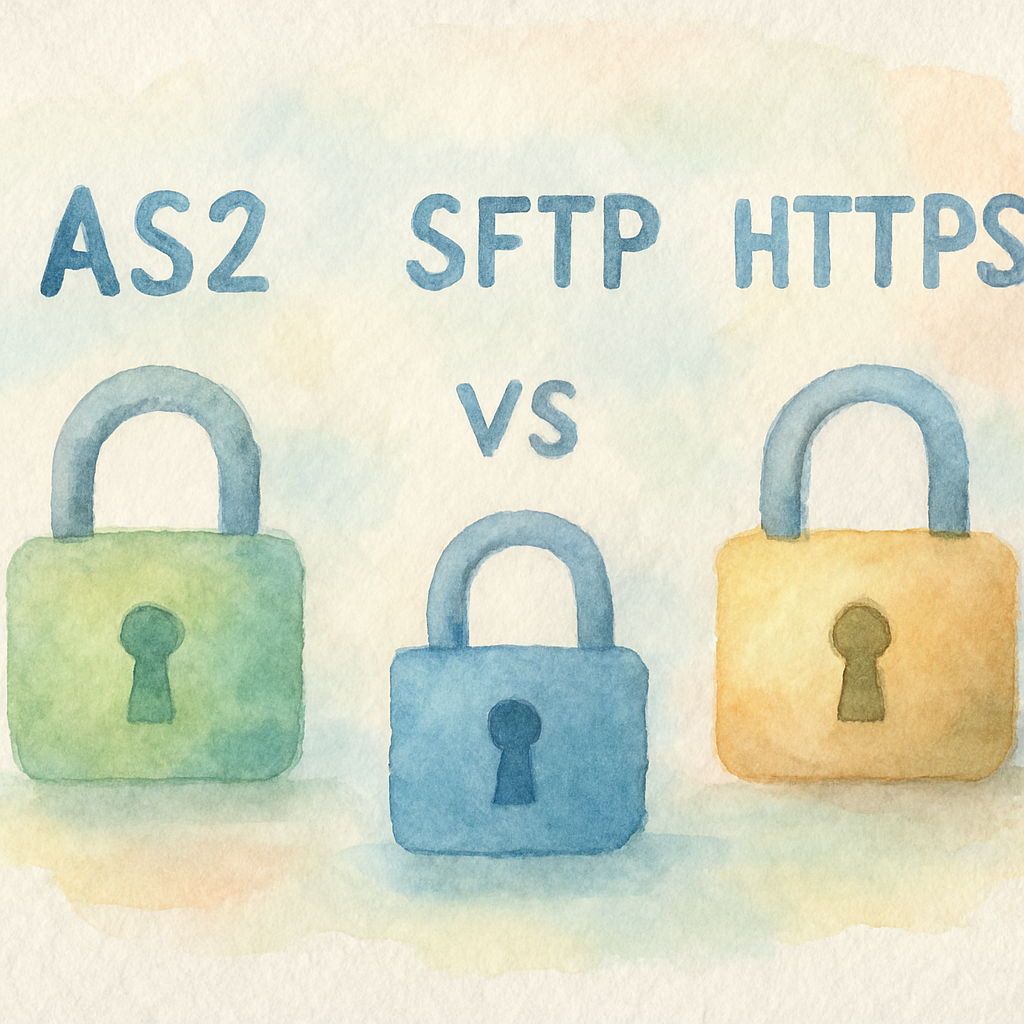
When it comes to choosing the right EDI VAN provider, the pricing model you select can have a massive impact on not only your monthly spend, but also your ability to budget, scale, and control long-term costs. In a world where legacy kilo-character pricing dominates—even as it frustrates growing businesses—many companies are now seeking an alternative that aligns better with their real-world needs: Trading Partner Pricing. At BOLD VAN, we’ve helped hundreds of manufacturers, CFOs, IT Directors, and EDI Coordinators make sense of this shift, saving some up to 80% on EDI costs in the process. Let’s break down both models, get personal about how your experience will differ, and explore why the pricing conversation is about more than just dollars and cents.

Kilo-character pricing bills you for the sheer volume of data you send or receive with your VAN provider—each "kilo-character" is 1,000 characters. This model emerged in an era when EDI was expensive, and every byte mattered, but today's data-rich transactions leave many companies shell-shocked when the bill arrives.
For example, if your operations team is onboarding a new retail client who expects rich EDI documents with every order, your data volume could spike by tens of thousands of characters overnight—with ZERO changes in the number of partners or documents. That translates to surprise expenses you can’t reasonably plan for.

Trading Partner Pricing, by contrast, is based on the number of unique business connections you exchange EDI data with each month—regardless of how many documents, transactions, or the total bytes sent or received. This approach is radically different, and a breath of fresh air for teams frustrated by unpredictable and punitive kilo-character billing models.


The answer is simple: It’s profitable (for them). You pay for every byte, which made sense when computing was expensive. In 2025, the cloud has made bandwidth and storage cheap, but not every EDI provider has passed those efficiencies along. Some will even "miraculously" cut your rate if you threaten to leave—ask yourself why they didn’t offer that price up front.
Ultimately, the choice comes down to transparency, predictability, and alignment with your business goals. For manufacturers, distributors, and B2B supply chains looking to grow, kilo-character pricing acts as a hidden tax on success—each improvement in digital process or richer data can cost you, rather than reward you. Trading Partner Pricing, in contrast, supports growth: you know when your bill will change, it happens only when you win new business or form new relationships, and you can budget effectively for the long haul.

As businesses continue to digitize, the old kilo-character model simply doesn’t fit the needs of modern, data-driven manufacturing and distribution. Predictable, partner-based pricing ensures your EDI costs are aligned with your business relationships—where they belong—not with unpredictable swings in data traffic. It means CFOs can plan, IT coordinators aren’t firefighting surprise invoices, and your supply chain scales freely as you grow.
If you’re ready to break free from the old model and experience what true transparency and cost control feel like, schedule a free demo with BOLD VAN today. Let’s make your EDI one less thing you have to worry about, so you can focus on growing your business.

Automate your order-to-cash cycle. Master the 850/855/940/945/856 EDI flow to meet big-box retailer demands and eliminate manual errors. Learn how distributors use BOLD VAN to stay audit-ready and slash EDI costs by removing mailbox fees.

Stop playing whack-a-mole with EDI errors. Learn 5 targeted compliance tests you can run this week to prevent chargebacks, fix syntax issues, and ensure audit-readiness. Keep your manufacturing supply chain moving with expert tips from BOLD VAN.

Master EDI protocol selection. From AS2 digital certificates to SFTP simplicity, find the best way to connect with 3PLs and retailers. Streamline your manufacturing EDI and lock in predictable pricing with BOLD VAN.